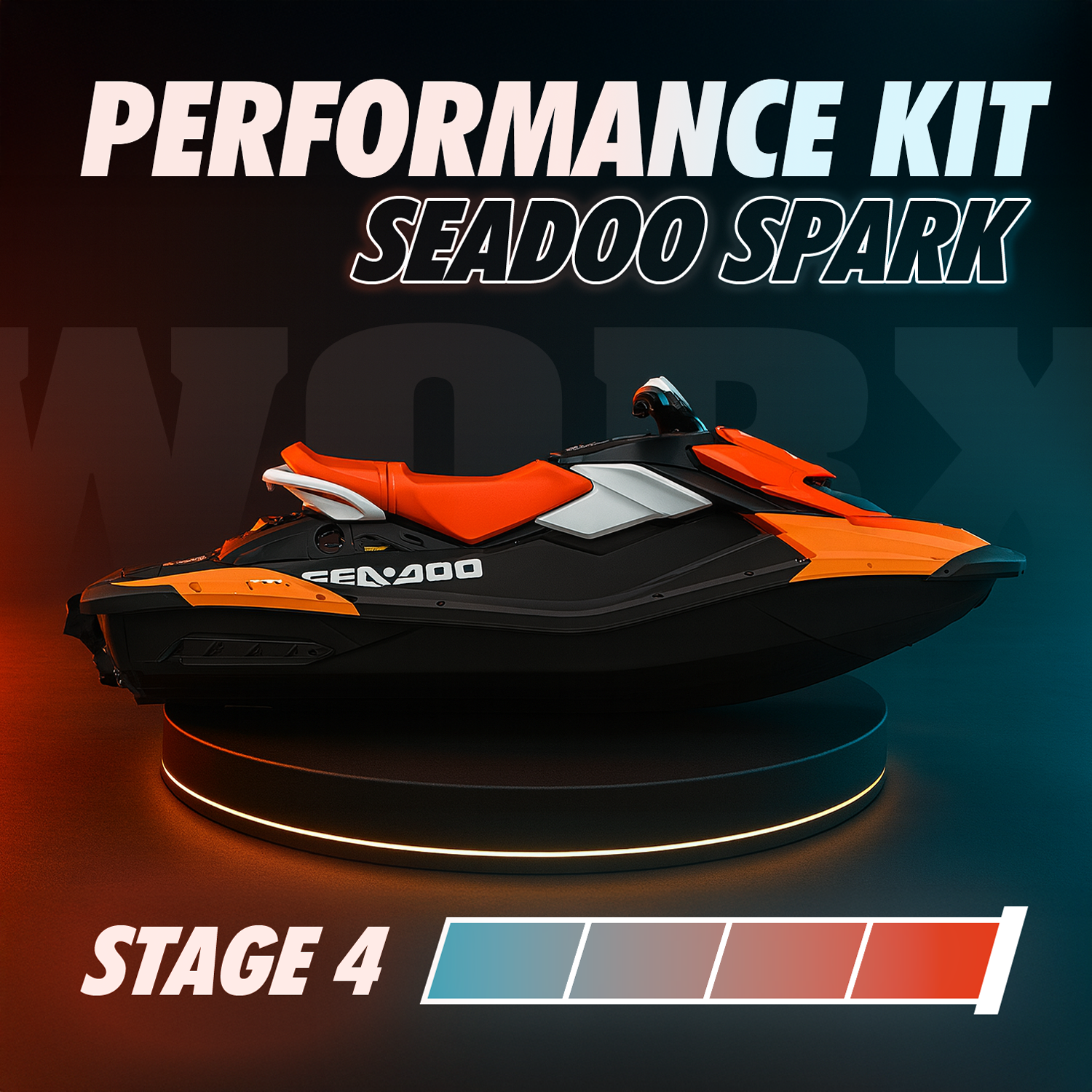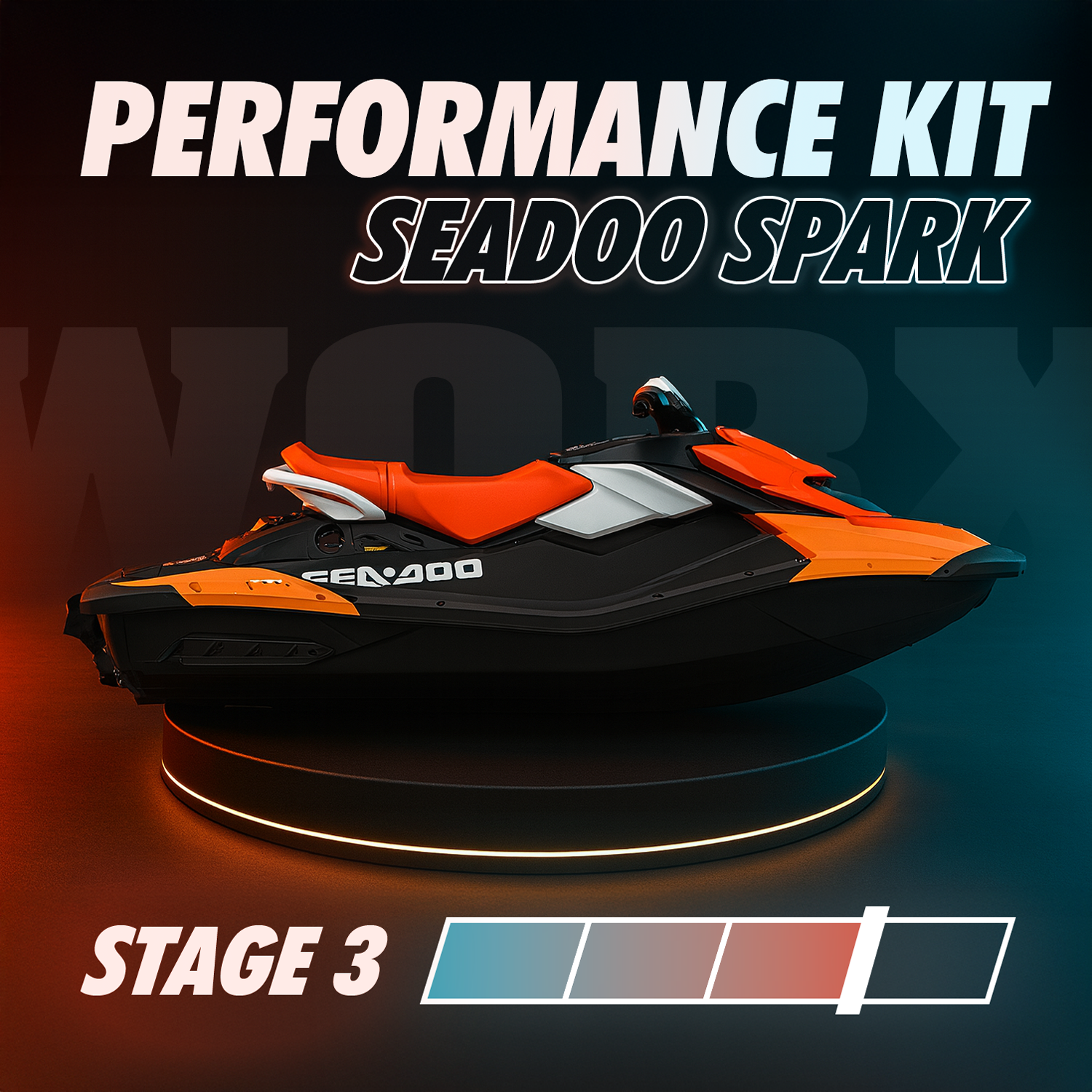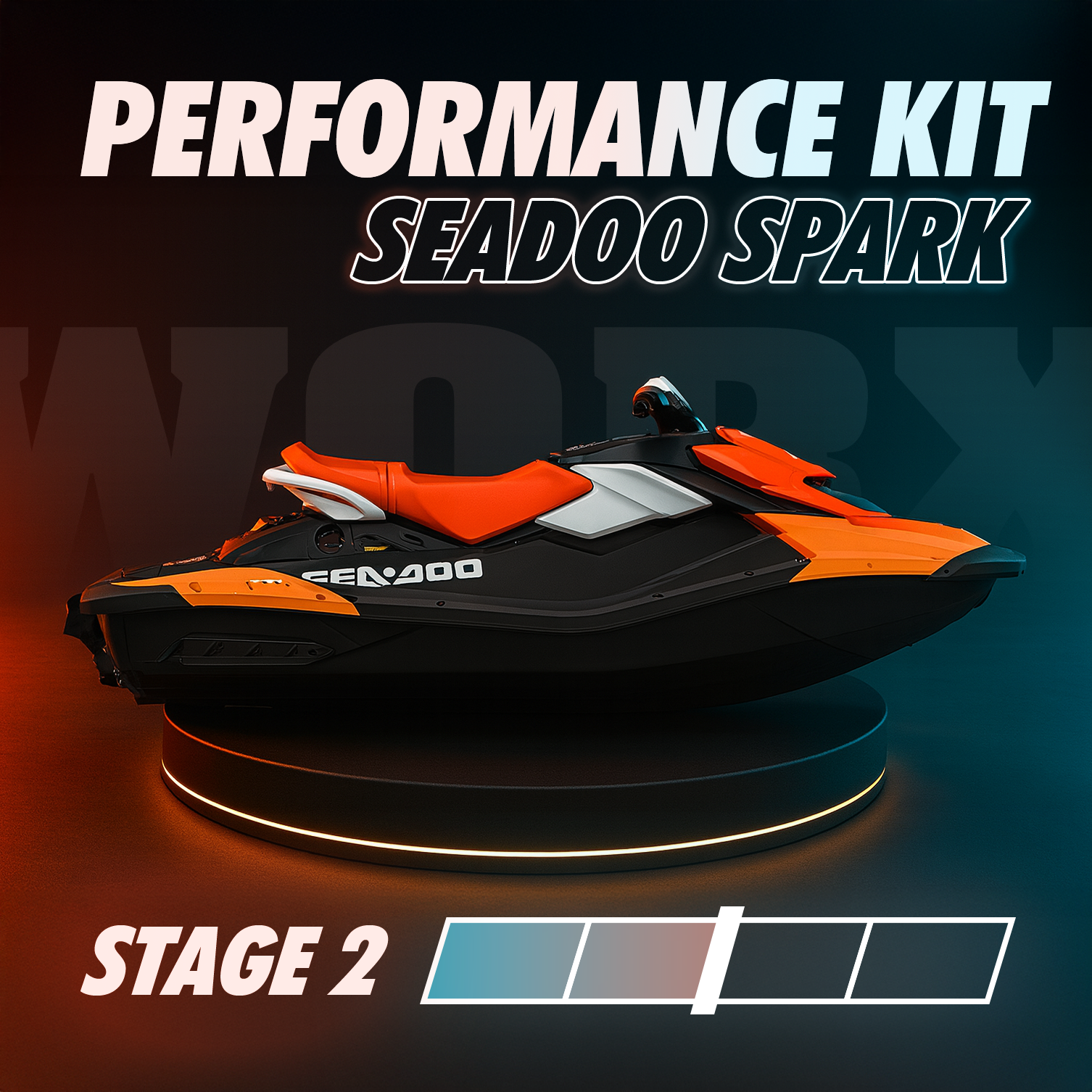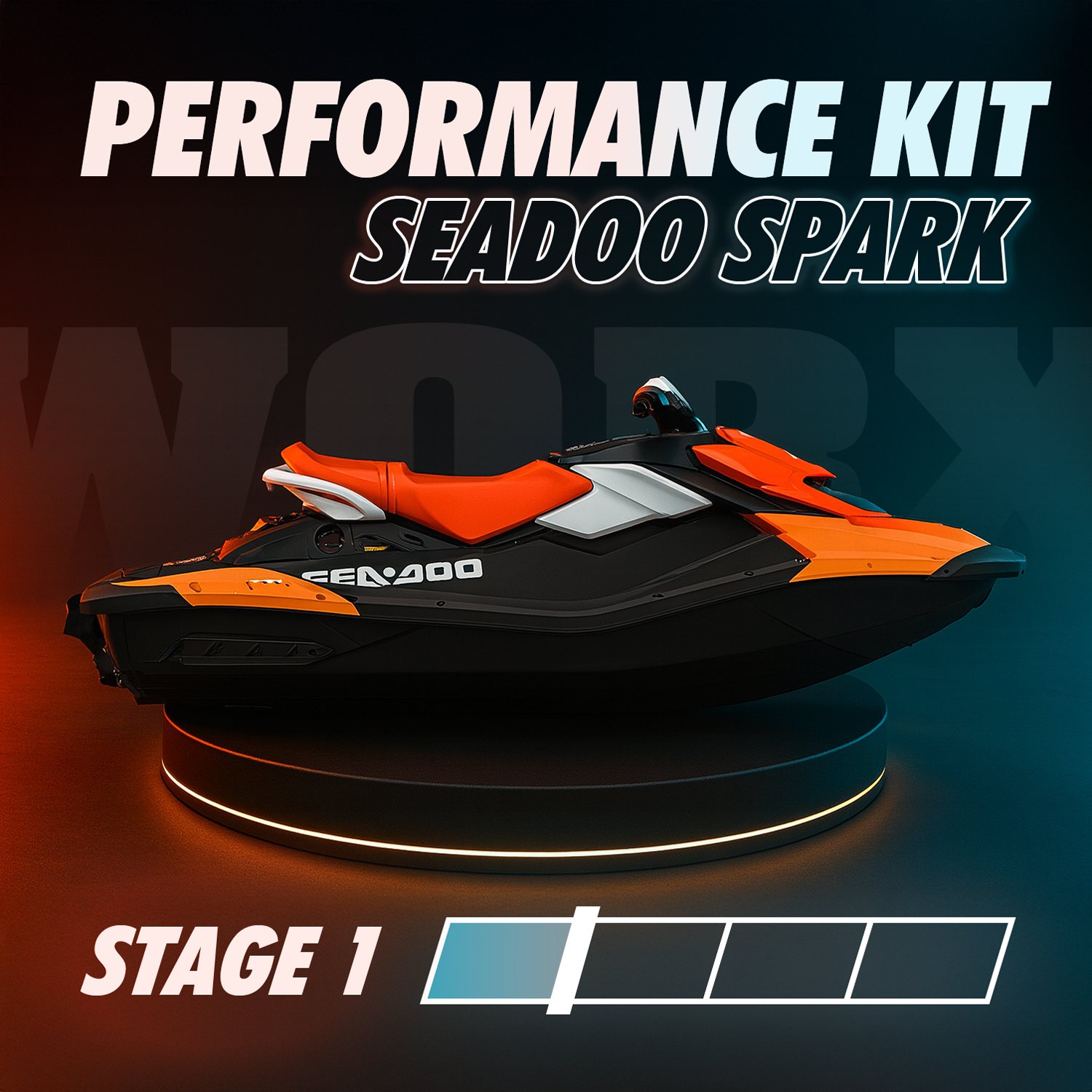What is a Carbon seal?
This one in particular is for all the Seadoo owner's out there, but if you own a Yamaha or Kawasaki, it's still good advice. If you've always ridden a Seadoo this may be all too obvious for you, but if you're new to the Jet Ski world or coming from a Yamaha, it could just save your ski.
Particularly if you're riding on salt water (like we so often do on the coast lines of Australia), you're going to want to flush your ski after every ride. And you really want to get any of the sitting salt water out of your ski, so the longer you flush it, the better, right? Well, short answer, no. The long answer is where it starts to get a bit more complicated than that.
Seadoo skis use a carbon seal and support ring around the drive shaft, this system creates a water tight seal that stops water from travelling along the drive shaft from the pump tunnel and into the hull. This doesn't cause any issues whilst your hull is in the water, as the water not only lubricates the contact points but also provides cooling that stops excessive heat build-up between the support ring and the carbon seal. Check out the diagram below for a more accurate depiction of what's going on.

So why could this sink my ski?
Well, when flushing your ski, you need your engine running to properly push the water through your ski and out the exhaust. The problem is that because your skis not in the water, there's no lubrication or cooling around the drive shaft, support ring and carbon seal. This heat caused by friction between the carbon seal and support ring, can eat away at the carbon seal, quickly causing gaps or cracks between the two. This problems only exacerbated if you're someone that loves to rev their ski out of the water, making it sound "fully sick".
This may not seem like a massive problem at the time, but depending on the amount of seal burnt away, this can lead to a little, or a lot, of water in the hull. And a lot of water in the hull very quickly leads to a sunken ski.
So now you're worried that you've been flushing your ski for two long or running it hot, well it's alright, there's a few ways to quickly check your carbon seal.
Excessive friction on the carbon seal can be diagnosed by a black line of carbon build up directly under the carbon seal, just run your finger over the inside of the hull under the carbon seal (while not running of course) and see if you pick up any black dust on your finger. Another sign but one that we prefer to avoid, is water leaking along the drive shaft into the hull while the skis running on water.
So what should you do if you suspect there's been damage done to your carbon seal?
Well, the carbon seal is a wear item and will eventually need to be replaced, regardless of whether that's at 4 hours due to excessive heat, or 150 hours with a well maintained ski. The safest thing to do is take your ski to your local Seadoo dealer or mechanic and have them look it over and possibly replace it for you. A little cash spent on a carbon seal is a lot better than a sunken ski.
Now, how do you stop this from becoming an issue in the future?
Well aside from general care and maintenance, the key thing to remember is to avoid running your ski for longer than necessary off water. If you are flushing your ski, only flushing it for 60-90 seconds and not revving the ski, will make a HUGE difference to the longevity of your ski and carbon seal.
For more tips, advice and content, make sure you check out our Youtube Channel and Facebook page!





